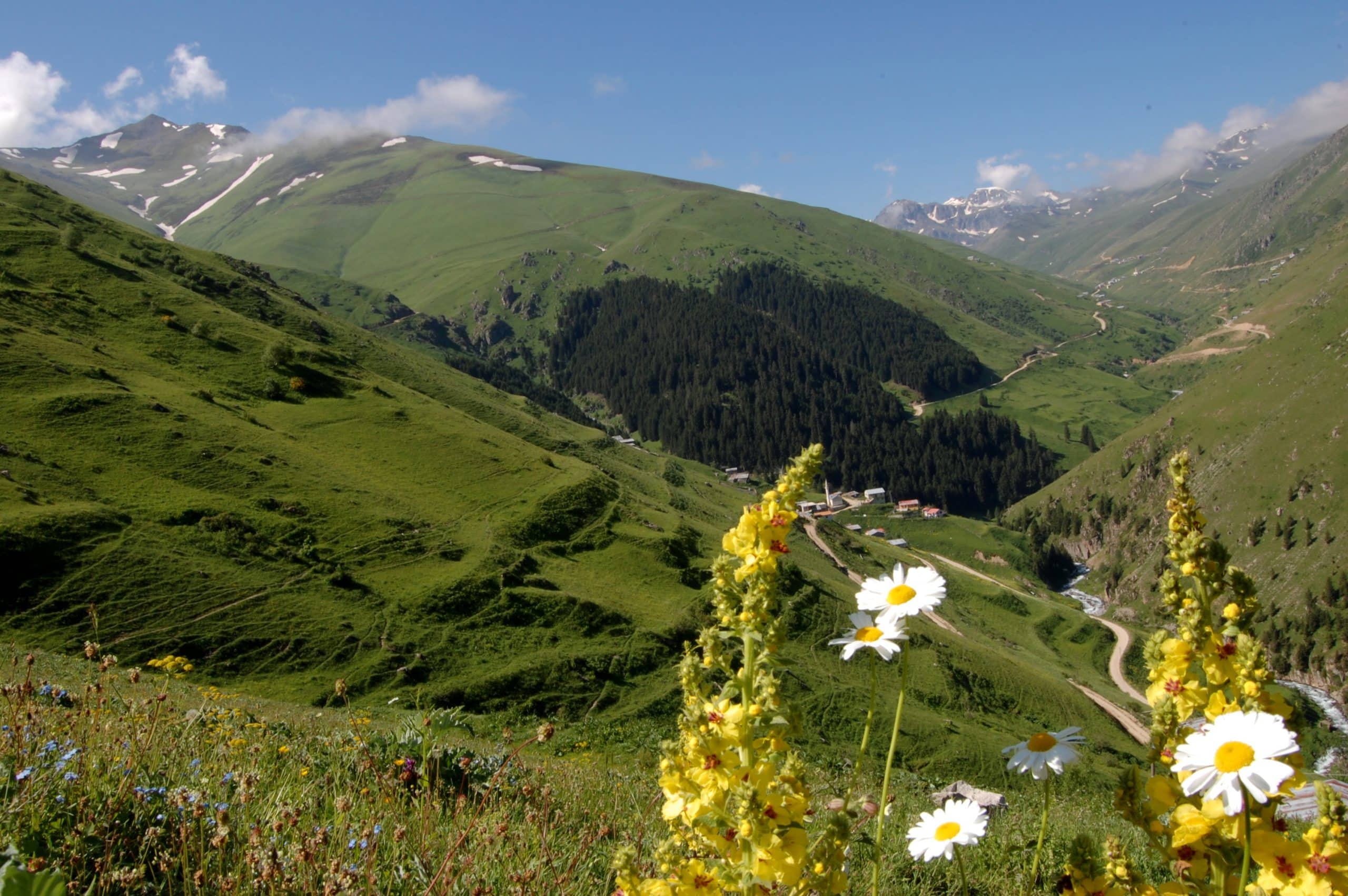
Metin Çorapçı ©️CC BY-SA 1.0
Anzer Platou - a jewel of Turkey, source of Anzer Honey
The Anzer Plateau, located in Turkey’s Kaçkar Mountains at 2,100–2,300 meters, is defined by its pristine, high-altitude microclimate. This unique environment is the exclusive source of Anzer honey, sustaining over 450 plant species, including 80–90 endemic varieties found nowhere else on Earth. The plateau’s rare biodiversity and traditional “yayla” culture are the foundation for the honey’s exceptional and scientifically validated bioactive composition.
Tucked away in the heart of the Kaçkar Mountains in northeastern Turkey, Anzer Plateau is a breathtaking highland that feels untouched by time. It is located 35 km southwest of the Ikizdere district center and 75 km from Rize city center, a one-hour drive from Petran and approximately 6-7 km from the Bayburt and Trabzon provincial borders.
It is in a valley also known as the Anzer Valley, running south-north along the İkizdere Stream. This stream is fed by the peaks and lakes south of the plateau.
This alpine haven sits at an altitude of approximately 2,100 to 2,300 meters above sea level, offering panoramic views of alpine meadows, forested slopes, and distant snow-capped peaks. Here you find pristine landscapes, cool mountain air, and a rare biodiversity that makes it one of the most unique ecosystems in the region.
Anzer is traditionally divided into two main areas: Lower Anzer (Çiçekliköy) and Upper Anzer (Ballıköy), each with its own distinct landscape and ecological features. The region is bordered by natural landmarks such as the Çoruh River and the Bayburt highlands to the south, and it connects to popular destinations like Uzungöl to the west.
This is the plateau famous for Anzer honey; it represents its source. But it is more than that. Its beauty alone is enough to captivate hikers, nature lovers, and anyone seeking a quiet escape from the modern world. It is suitable for alternative tourism activities such as trekking, paragliding, and summit climbing and provides access to the Çoruh River and Bayburt province on one side and the Uzungöl Tourism Center on the other.
The Anzer Honey and Plateau Festivals are held annually in the first week of August on the plateau.
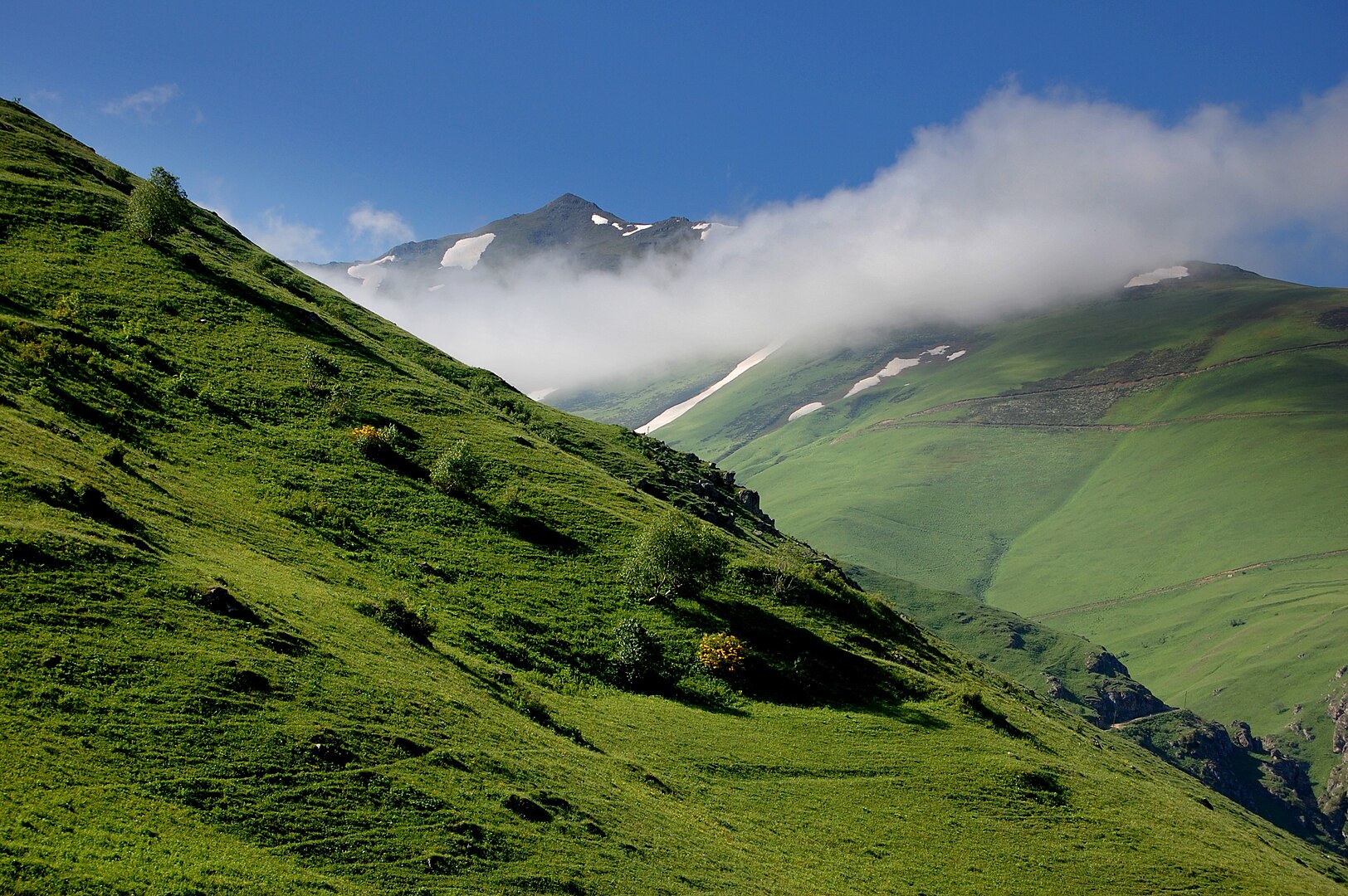
Metin Çorapçı ©️CC BY-SA 1.0
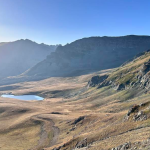
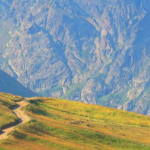
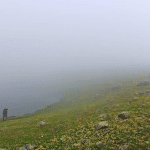
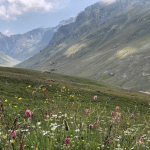
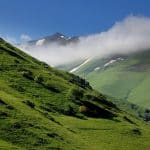
The Anzer Plateau experiences a unique microclimate shaped by its altitude and geographic position. It lies at the intersection of the humid oceanic climate of the Black Sea region and the alpine climate typical of high mountain zones.
Anzer Plateau’s climate characteristics:
- Average annual temperature: ranges between 5°C and 10°C, with sharp contrasts between day and night.
- Summers: cool and mild, with daytime temperatures between 12°C and 18°C, and chilly nights often below 10°C.
- Winters: long and harsh, frequently dropping below -10°C, with heavy snowfall and persistent snow cover.
- Precipitation: abundant year-round, especially in spring and autumn, averaging over 1,000 mm annually.
- Humidity: consistently high, supporting lush alpine vegetation and rare flowering species.
- Winds: dominated by mountain breezes and cold northeastern currents, contributing to the plateau’s clean, oxygen-rich air.
This cool, moist climate—combined with the plateau’s elevation—supports over 450 plant species, including 80 to 90 endemic varieties found nowhere else on Earth. These conditions are essential for the production of Anzer honey, as the rare alpine flowers are rich in polyphenols and bioactive compounds that give the honey its renowned medicinal properties.
What animals live in the Anzer Plateau?
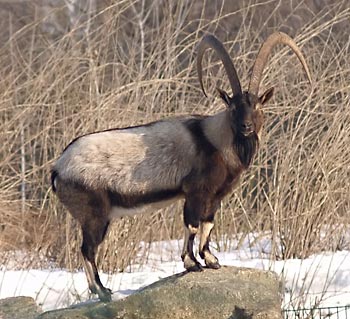
Wild goat (Capra aegagrus)
photo F. Spangenberg wikimedia commons CC BY-SA 3.0
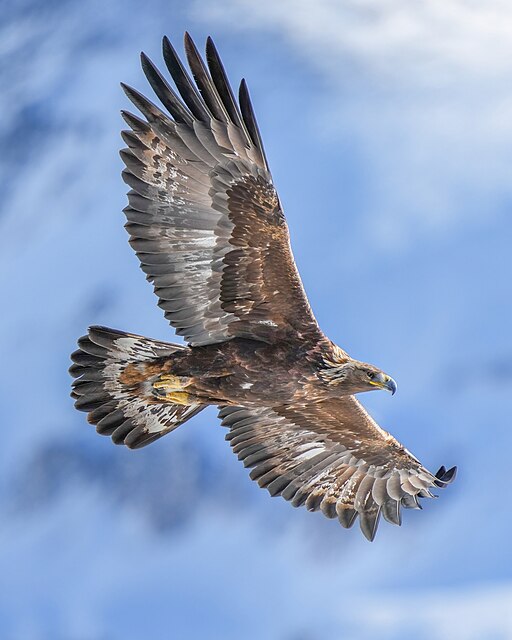
Golden eagle (Aquila chrysaetos)
photo by Giles Laurent CC BY-SA 4.0
Due to its high altitude, cool climate, and rich vegetation, the Anzer Plateau supports a variety of mountain-adapted animal species, many of which are native to the Eastern Black Sea region.
All of them play a vital role in maintaining the plateau’s ecological balance.
There are:
Mammels: Wild goats (Capra aegagrus) and chamois (Rupicapra rupicapra) are commonly found in the rocky slopes and alpine meadows surrounding the plateau.
Red foxes, badgers, and European hares thrive in the mixed forest and grassland habitats! And yes, occasionally, brown bears and wolves may pass through the region, especially in less populated areas of the Kaçkar Mountains.
Birds: golden eagles, buzzards, and larks, Caucasian snowcocks and rock partridges
Insects: The diversity of flowering plants also draws numerous pollinators, not only the Caucasica Honey bee, but also wild bees and butterflies, which are essential for the local ecosystem and honey production.
Reptiles & Amphibians: European green lizards and slow worms may be found in sunlit clearings – they don’t actually enjoy a cooler climate.
There are also amphibians such as mountain frogs, that inhabit the streams and wet meadows, contributing to the plateau’s biodiversity.
Are there bears to steal the Anzer honey?
Definitely. Beekeepers guard their hives inside heavy steel cages to protect the rare Anzer Bali honey. And always cary a special gun.
But the Black Sea brown bears have other plans. Driven by the irresistible scent of wildflower nectar, these powerful animals tear through metal like it’s paper, prying open cages for a sweet feast.
It’s a raw reminder that here in the highlands, nature always finds a way and that Anzer honey’s flavor is worth the risk, even to a bear.
Here are the hives of one of the locals, presented by our partner, The Honey Road. (you can also taste Anzer honey from their shop.)
What plants can we find in the Anzer Plateau?
Let’s see, high altitude, cool temperatures, high humidity…
There are no trees here. Instead, there are over 500 plant species, of which approximately 80 to 90 are endemic — meaning they grow nowhere else on Earth. The region is a mosaic of wild meadows, where species like Myosotis (forget-me-not), Ranunculus, Gentiana, and Primula thrive in abundance.
What does traditional Yayla Life mean?
The word “yayla” comes from Turkish and refers to a highland pasture or alpine plateau, traditionally used during the summer months for grazing livestock and seasonal living. It originates from the older term yaylak, which described the summer grazing grounds of nomadic Turkic tribes who migrated between lowland winter settlements and highland summer pastures.
Over time, yayla has come to represent more than just a geographic feature — it embodies a way of life rooted in simplicity, self-sufficiency, and harmony with nature. In regions like the Kaçkar Mountains, yayla culture is still alive, with families moving to these highlands each summer to maintain traditions of farming, herding, and community living. The word is deeply embedded in Turkish folklore, music, and rural identity, symbolizing both physical elevation and cultural resilience.
Today, yayla life refers to the seasonal migration of local communities to high mountain plateaus during the summer months, a practice deeply rooted in the rural culture of northeastern Turkey — especially in regions like Rize, Artvin, and the Kaçkar Mountains. Families move to these alpine meadows, known as yaylas, to escape the heat of the lowlands and to care for livestock, cultivate fresh produce, and live in harmony with nature. The lifestyle is simple, self-sufficient, and deeply connected to the rhythms of the land.
In places like Anzer Plateau, this tradition is still alive. People live in modest wooden houses, often built by hand, with tin roofs and stone foundations. Daily life revolves around milking cows, making cheese and butter, baking bread in wood-fired ovens, and tending to vegetable gardens. Chickens roam freely, and children grow up surrounded by foggy peaks, waterfalls, and wildflowers. There are no supermarkets or clinics nearby — only the essentials, grown or made by hand. Despite the isolation, yayla life is rich in community spirit, storytelling, and seasonal festivals that celebrate nature and heritage. It’s a way of life that values resilience, simplicity, and a deep respect for the mountain.
References:
- Anzer Plateau – Turkey Guide 2025 – also source of the featured picture;
- Phenological Features of Geophytes – Yıldız Technical University;
- ikizderenin-yaylalari-cagrankaya-petran-anzer-ve-ovit;
Anzer Plateau (Ballıköy) – AnzerHoney.com
